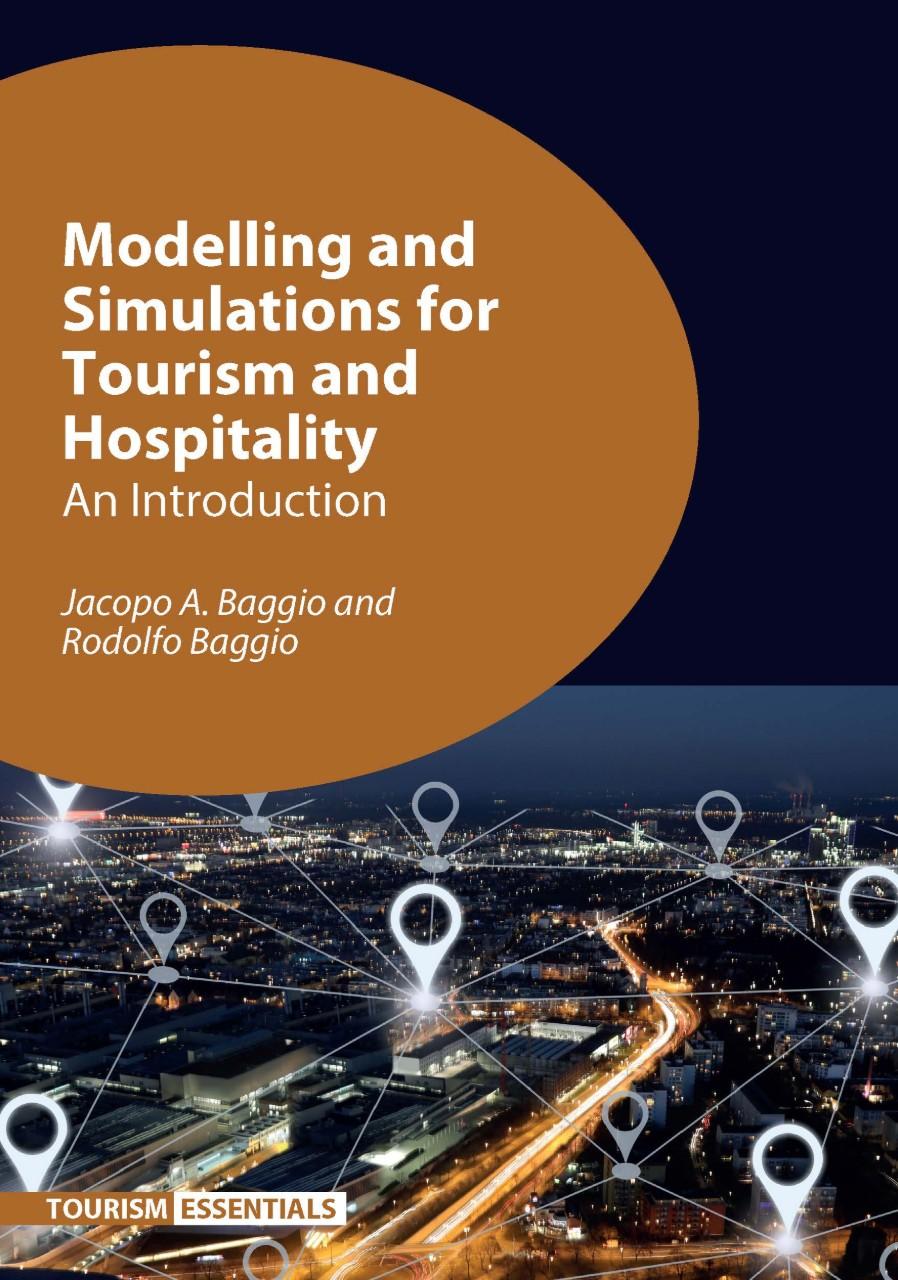
Understanding Tourism Through Models
DONDENA'S FELLOW RODOLFO BAGGIO HAS PUBLISHED A BOOK ON THE USE OF MODELLING AND SIMULATION FOR TOURISM AND HOSPITALITY. ENJOY AN EXCERPTIn the last decade, the diffusion of powerful hardware and sophisticated software tools have spurred an increase in modelling and numerically simulating complex systems. Despite that, the tourism and hospitality domain is still lagging behind, mainly when it comes to the most recent methodological advances. However, tourism and hospitality are inherently complex phenomena and these techniques have already demonstrated, in many situations, their ability to better assess and explain a number of issues within the domain, to allow building insightful scenarios, especially when field experiments are non-feasible, and to provide useful directions for planning and operational activities. In Modelling and Simulations for Tourism and Hospitality: An Introduction, published by Channel View (2020), Rodolfo Baggio (Research Fellow at Bocconi’s Dondena Centre for Research on Social Dynamics and Public Policy and Lecturer at Bocconi’s Master in Tourism Economics) and Jacopo A. Baggio (Assistant Professor, University of Central Florida) offer an introduction to old and new modeling and simulation techniques, providing synthetic theoretical descriptions and a good series of fully worked examples that discuss methods, tools, and possible further developments. The objective is that of showing that with a rigorous approach and the adequate instruments, this world is relatively painless to tackle, and can be of great value for both academics and practitioners. With the permission of Channelview Publications and the authors, Bocconi Knowledge publishes an excerpt of the book.
Essentially, all models are wrong, but some are useful. This famous aphorism, attributed to the renowned statistician George Box, seems to be a standard beginning for any book on modelling and simulation. Despite its resemblance to a joke, the aphorism contains an essence of truth: that this is more an art than a science.
Even though a vast array of scholars and practitioners of all disciplines have produced and implemented a wide number of methods and tools, the assembly and operation of a set of techniques that can supply meaningful answers to a question is a task that requires not only good technical competences but, even more importantly, good experience and a familiarity with many, often not completely clear, concepts.
 Moreover, given the contemporary landscape, it would be quite uncommon for one individual to have all the skills and the practice required. Modelling is thus a multidisciplinary endeavour, in which diverse know-hows need to be composed in a smooth and harmonious way.
Moreover, given the contemporary landscape, it would be quite uncommon for one individual to have all the skills and the practice required. Modelling is thus a multidisciplinary endeavour, in which diverse know-hows need to be composed in a smooth and harmonious way.The tourism domain has progressed considerably in its ability to understand the phenomenon and the components that make this one of the most interesting and fascinating areas. However, the tourism researcher’s or analyst’s toolbox has seen little improvement. Most of the works published use rather traditional approaches and methods and concentrate more on a wide number of detailed investigations, often losing sight of the larger issues.
With the recognition, nowadays well grounded, of the complex nature of the phenomenon, of the systems involved and of their relationships, internal or external, there is a need, well expressed on several occasions, to proceed towards different perspectives. Today, this is also imposed by the incredible advances in information and communication technologies that have made available a wealth of means, algorithms and techniques that can be usefully employed for the purpose.
With this work, we try to raise the awareness of tourism and hospitality researchers by providing an essential introduction to the most popular methods useful for modelling and simulating systems and phenomena of interest for those who deal with the intricate and complex world of tourism.
We are well aware that we only scratch the surface of the domain, and we do not pretend to provide a fully-fledged manual, as this would be an almost impossible endeavour. Some of the techniques described here require a highly complicated and sophisticated technical background and the interested reader can refer to specific textbooks on such techniques. Here, we have chosen to focus on the main concepts and avoid, as much as possible, the technicalities and descriptions of the nuts and bolts of the methods introduced.
by Rodolfo Baggio and Jacopo A. Baggio
